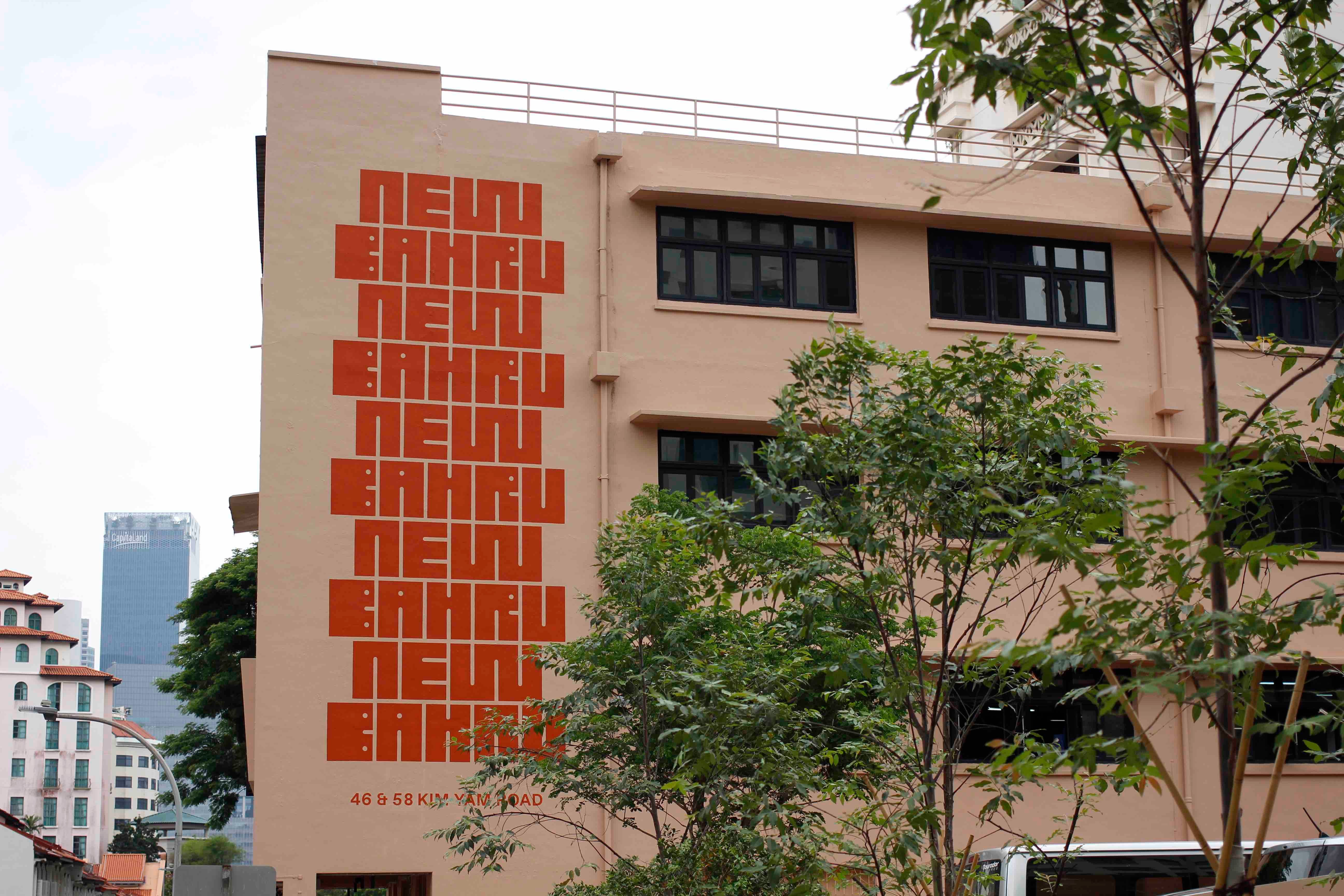This article is part of our Sustainable Future series done in association with East West Bank. In this article, we introduce five ‘cities of the future’ that are being developed around the world, utilizing green tech and prioritizing sustainability
Remember the futuristic cities from Blade Runner and Ghost in the Shell with hyper-tall, neon-lit skyscrapers and flying cars? That was how we used to imagine what cities would look like in a technologically advanced world, with robots serving and living among us. However, even with AI and automation advancing rapidly, our designs for a futuristic city have become more human- and nature-centric than ever.
As the effects of climate change and global warming become more evident, designers and city planners are considering ways to incorporate natural environments into urban living spaces, making cities more sustainable in the process. Here are a few examples of mind-blowing cities of the future that piqued our interest.
1. Telosa — United States
Derived from the Greek word ‘telos,’ which means ‘purpose,’ the super city Telosa is designed with an ambitious goal in mind: to set a global standard for urban living using smart city technology for future generations.
Led by American billionaire Marc Lore, the 150,000-acre project, close in size to the city of Chicago, aims to create a metropolis from scratch in the American Southwest that is powered entirely by renewable energy. The environment is a priority in this new community, with green space and clean water easily accessible to all residents.
And forget about petrol cars: The city will run on self-driving electric vehicles and an efficient transportation system that will get you anywhere you want within 15 minutes.

This ambitious project is still in the planning stage, but it aims to house 5 million people in the next 40 years and provide universal education and healthcare for its diverse and inclusive community members. Does this sound like a place you would move your family to? You can find out more about Telosa at its official website.
2. Future Science and Technology City — China
If Telosa sounds too theorized and far down the road for you, construction of this future city in China is already underway and is expected to finish by the end of this year. The new settlement, similar in size to Manhattan Island in New York City, is located in eastern Chengdu, a vibrant metropolis in Southwest China, and is designed to be the new home for the city’s high-tech industry.
Instead of using the area as a blank canvas and creating everything from scratch, the team behind the project took inspiration from the local Lin Pan villages — rural communities that live on small-scale farming using a traditional irrigation system. The new city is divided into six clusters, each designed to harmonize with the natural surroundings and the city’s water system.
Taking sustainability to the next level, the entirety of Future Science and Technology City will be car-free. People will be able to maneuver the area through an intelligent mobility network of automated vehicles.
And with China’s stringent Covid-19-prevention restrictions now a thing of the past, you can hop on a plane and check out this futuristic city next year. (Don’t worry, if you don’t like what you see, the airport is only five minutes away!)
3. The Line — Saudi Arabia
If the two future cities introduced above sound like typical cities with fewer cars and more green space, The Line is unlike anything you’ve seen before.
Commissioned by the Saudi government, the project is part of the Crown Prince’s plan to build a special economic zone in the country’s southwestern region. As you can probably tell from the name, The Line is a linear and vertical city that’s 170 kilometers long, 200 meters wide, and 500 meters tall.
In an oil-rich country that’s mostly desert, The Line stands out, as it aims to create an entire city that runs on renewable energy with uninterrupted access to nature. Carbon-heavy infrastructure like roads and cars are completely eliminated to achieve the carbon-zero goal. Instead, residents will commute on foot or by the high-speed rail that offers end-to-end transit within 20 minutes.
4. Biodivercity — Malaysia
Are you dreaming of relocating to a tropical paradise at some point in the future? These three artificial islands just off the coast of Penang might be the ideal place for you.

As part of the Penang 2030 vision, the Malaysian government is constructing three lilypad-shaped green islands that will house up to 18,000 people while preserving the local biodiversity.
Powered entirely by renewable energy, all three islands will be car-free and connected by pedestrian pathways, bike lanes, and autonomous public transport networks. All buildings will also be constructed with bamboo and Malaysian timber.
5. Floating City — Maldives
Known for its stunning natural beauty and fancy resorts, the Maldives is a popular travel destination for beach lovers in South Asia.
However, despite its stunning vistas, the country is in trouble. As the Maldives is comprised of low-lying islands, it is incredibly vulnerable to rising sea levels and extreme weather conditions caused by climate change. It has been reported that about 80% of the nation’s islands could be underwater by 2050.
To address the situation, the Maldives government has commissioned a Dutch company to develop a floating city composed of a network of artificial islands built on platforms that can rise and fall with changing water levels. Underwater tunnels and walkways would connect these humanmade islands.

Located only 10 minutes by boat from the country’s capital Male and the international airport, this floating city will include several thousands of housing units for residents as well as hotels — as tourism accounts for about 30% of the country’s GDP.
This article is part of our Sustainable Future series, created in association with East West Bank to highlight the innovative tech making the world more green and regenerative. East West Bank offers unparalleled services for individuals and companies who wish to build connections and foster collaborations between the U.S. and Asia. Together, we will reach further. For more information, visit eastwestbank.com.
















